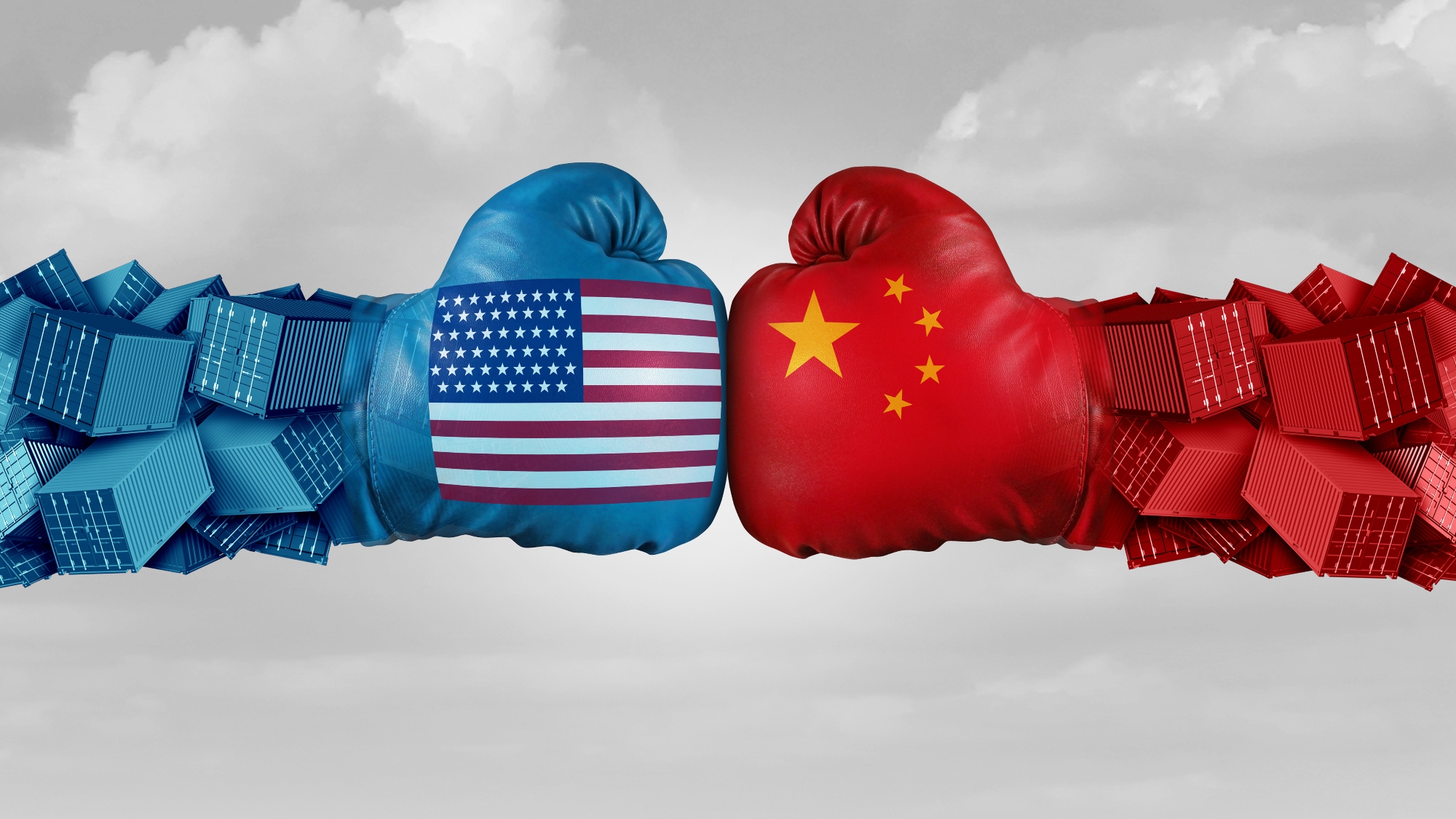The New Supply Chain Model
Supply Chain Resource Consortium (SCRC The events of the last four months have emphasized more than ever how single events can have repercussions that are felt around the world. In this global environment, shocks to established channels of distribution and transportation are felt by every industry. In response, organizations have imposed a number of measures, including deep discounting to sustain sales levels (automotive), significant downsizing of the workforce, changes in leadership, and even appeals to the federal government to restrict competition from China and Pakistan (textiles). The impact on organizations has also been predictable: there are fewer people around to take on an increasing workload, significant cost pressures, ballooning excess/obsolete inventories, plant closings, and increasing conflicts between customers and suppliers. In some industries, such as telecom, companies are using the term “deferred commitments” when they are not willing to purchase agreed-upon forecasted quantities from their suppliers. It appears to some that the traditional adversarial, arms-length approach to managing supply chain relationships is once again back in vogue.
On the other hand, recent events have forced many managers to confront an important message: the old model of managing supply chains simply doesn’t work anymore. In fact, the downturn in the economy has reinforced the need to take waste out of different nodes across the entire supply chain. In industries such as automotive, electronics, transportation and industrial equipment, senior executives realize that raising prices is no longer an option, and neither is the possibility of dramatically increasing sales in a flat economy. This leaves one option: reducing costs across the supply chain.
A General Motors executive recently told me, “Our only opportunity left is to take out cost, and work better with our suppliers. While the decision to continue with zero discounts helped to keep many GM employees and suppliers in their jobs, we realize that we will pay the piper in the first quarter.”
In fact, many companies today are realizing that in the future, supply chains compete against supply chains. To succeed in difficult as well as prosperous economic times, organizations in a supply chain will need to concurrently “step on the brakes,” as well as “step on the gas.”
The New Supply Chain Model
The new supply chain model was described by Jeff Trimmer (formerly of Daimler-Chrysler), in terms of three principles:
- The only entity that puts money into a supply chain is the end customer.
- The only solution that is stable over the long term is where every element of the supply chain, from raw material to end customer, profits from the business.
- Supply chain management is about economic value added and total content of a product/ service.
What does this new model mean for managers who are still faced with the day-to-day realities of meeting deadlines, schedules and inventory requirements? It means that your organization needs to re-design your supply chain design infrastructure. The Supply Chain Resource Consortium (SCRC) at North Carolina State University (https://scm.ncsu.edu/) has developed a readiness tool that may help managers understand what this strategy encompasses.
Despite all the hoopla about e-commerce, supply chain management’s sourcing and physical distribution elements remain building blocks for the new supply chain model. In fact, the new model includes three major pillars: managing relationships, managing supply chain material flows, and managing information.
- Effective partnering between companies and their suppliers remains a key to supply chain excellence. In the words of Phil McIntyre of Milliken & Company: “Sitting down and communicating effectively with people in your supply chain goes a long way towards improving the bottom line!”
- Before jumping into supply chain B2B technologies, managers must understand the existing state of their company’s’ supply chain and design information systems around their re-designed business processes. A Web-based application cannot fix the problems associated with a large and poorly performing supply base, a fragmented logistics and distribution network, an adversarial set of supplier/customer relationships, and an unwillingness to share information due to a lack of trust.
* Understanding the flow of materials through multiple tiers of suppliers and customers is a crucial first step. General Motors is working on developing an “order to delivery” strategy for selling vehicles over the Internet and delivering customized vehicles in a shorter time. To make this happen, GM managers and SCRC research associates have been creating process maps of GM’s supply chain structure to better understand the information flows between multiple supplier tiers, and to identify opportunities for further reductions in inventory and cycle time.
To succeed in supply chain management, organizations must be willing to share risks and rewards, and to build the underlying infrastructure to apply these tools. This is of course easy to say, but extremely difficult to deploy. In the next six months, I will discuss in this column some critical emerging issues related to the new supply chain model and present advice to managers faced with these challenges.
- Categories:


